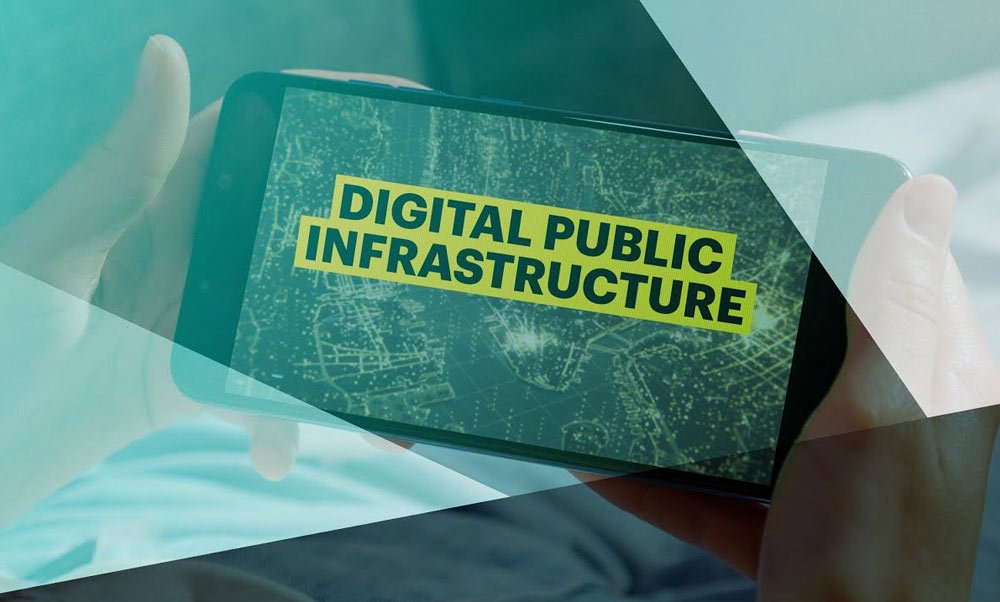Digital Public Infrastructure: India’s Highway to Success


India, with the largest population in the world, is also an example worth emulating for many economies as it has become one of the fastest-growing digital economies. Finance Minister Nirmala Sitharaman presented the budget 2023-24 and stated ‘Saptrishi’, the seven guiding principles for India in the year 2023-24 for unleashing the growth potential of India.
The development of DPI, along with traditional infrastructure, is raising the bar of potential to yet another level that India could achieve in the coming years. DPI is the digital solution for improving people’s lives and making development further inclusive. India developed some world-class DPI; examples worth mentioning are Co-Win, UPI, Jan Dhan Yojana, UMANG, Bhashini, Aadhar and many others. UPI (Unified Payments Interface) has been a breakthrough innovation that resulted in greater financial inclusion.
The Rise of Digital Payments
The country’s spectacular rise in digital payments reveals that financial inclusion is achievable if determined policies are adopted. Digital payments increased by 76 percent in terms of transactions and 91 percent by value in 2022. The UPI payments were more than half the digital transactions, i.e., 52 percent of the total 8,840 crores (126 lakh crore by value) digital financial transactions against only 17 percent UPI transactions in FY19 (Source: Economic Survey). According to the Global Fintech Index, India has achieved 87 percent fintech adoption compared to the world average of 64 percent. This exceptional growth story of India is a guide for other economies to follow.
DPIs in Enhancing the Quality of Life
In Economic Survey, the Chief Economic Advisor V Anantha Nageswaran highlighted the role of DPI in enhancing the quality for citizens by ensuring the delivery of services to beneficiaries; for example, during COVID-19, the Co-Win app became an important platform to provide information to individuals on a real-time basis.
In the budget, it was also announced that an entity similar to ‘Digi Locker’ would be set up for the MSMEs, businesses and charitable trusts to store and share documents online securely. There are many applications of DPI in building an inclusive country. FM Sitharaman also focussed on the innovation of DPI in agriculture as it has enormous untapped potential to make farmer’s life easy with farmer-centric solutions by providing them with relevant information on a real-time basis. Hence, this helps them in planning and monitoring crops, providing easy access to insurance, farm inputs and loans, and market intelligence, thereby supporting the growth of the Agri-tech industry. Budget 2023-24 clearly stated that the push for this infrastructure would also remain spirited in this financial year, as seen from the recent government initiatives to set up a hundred labs for developing applications using 5G services, these are to be set up in engineering institutes and as well as setting up Data Embassies in GIFT IFSC and the National Digital Library for children and adolescents and facilitating the availability of quality books.DPIs and Challenges
The vision of budget 2023-24 is focused on the development of DPIs, but this faces challenges as well. Education is still the sector with low allocation, reflected in how infrastructure is being developed in government schools, internet connectivity and DPIs in schools. The recent report by Unified District Information System for Education Plus (UDISE+), 2021-2022, an initiative of the Ministry of Education that collects data about schools, came out with some shocking data on Indian schools. According to the report, nearly 66 percent of schools in India need internet facilities. The students remain failed by the state of India as the much needed access to digital devices and the basic internet infrastructure haven’t been ensured, further making them underprivileged. The major obstacle in Digital India Mission is the accessibility, availability and affordability of the internet in every part of India. Therefore, a significant part of India is still buffering.
This digital divide in India is a hindrance to the accessibility of DPIs and an impediment to the growth of a section of society. For example, UDISE+ found that only 33.9 percent of schools in India have an internet connection. According to the Internet and Mobile Association of India report, “The Digital Divide in India’s Education,” only 33% of women have internet access compared to men (67 percent). The rural-urban digital divide is further evident in the state of low fiberization in rural India. India has only 33-35 percent of tower fiberization, which suggests the need for accelerating the pace of digital infrastructure.

Conclusion
The Digital Public Infrastructure without infrastructure and internet connectivity will leave the section of India behind; however, the recent budget, highlighting the role of DPIs in economic development and digital payments trends, reinstates the faith in the state’s policy initiatives. The DPI is the core of Digital India’s Mission. To achieve this, the allocation to the education sector needs to be prioritized.
Connected and digital Bharat is a vision that will empower India; it will not only lead to socioeconomic development but also have a broader impact on other aspects of development in which DPIs play a significant role.

Ranjana Kushwaha is Policy Research Associate with Institute for Governance, Policy and Politics, a think tank based in New Delhi.
Disclaimer: The views expressed are not necessarily those of The South Asian Times

